Executive Summary:
Pakistan and Afghanistan have agreed to a ceasefire along their tense border after talks facilitated by Qatar and Turkiye, according to official statements from both sides. The pause offers immediate relief for border communities and trade, but underlying disputes over militancy and security control make it fragile unless backed by practical mechanisms and sustained diplomacy.
Border calm after mediation
Pakistani and Afghan authorities say they have committed to halt cross-border fire and de-escalate along the frontier, with Doha and Ankara helping broker the talks. It follows months of sporadic clashes, border closures, and air and artillery strikes that have repeatedly disrupted life at crossings like Torkham and Chaman-Spin Boldak. Qatar’s influence with Taliban authorities in Kabul and Turkiye’s close ties with Pakistan’s security establishment gave both mediators leverage and channels to keep discussions moving, according to diplomats familiar with the region.
For people living near the frontier, even a tentative calm matters. When the crossing points close or fighting flares, truck convoys back up for days, perishable goods spoil, prices jump, and families get separated. Patients who normally cross for medical care are stranded, and students miss exams. If the ceasefire sticks long enough for trade to normalize and officials to reopen lanes predictably, it will be felt first in lower transport costs, steadier supplies of staples, and fewer families caught in sudden lockdowns.
Why tensions spiked in the first place
At the core is a dispute Pakistan and Afghanistan have struggled to resolve for years: Islamabad accuses the Tehreek-e-Taliban Pakistan (TTP) and allied groups of using Afghan territory to stage attacks inside Pakistan. Kabul’s Taliban authorities deny permitting cross-border attacks and bristle at what they view as Pakistani military incursions and airstrikes. Each side says it is responding defensively; each sees the other as enabling the threat.
These frictions intensified after the Taliban takeover in 2021. Pakistan accelerated construction and enforcement along the Durand Line fence, prompting periodic standoffs with Afghan border forces. Major incidents in 2023 and 2024—deadly militant attacks inside Pakistan followed by Pakistani strikes on Afghan soil—triggered closures and tit-for-tat measures. The deportation of undocumented Afghans from Pakistan further strained ties, pushing families back into an Afghan economy still grappling with sanctions, cash shortages, and limited aid.
What changes on the ground if it holds
A working ceasefire gives space for practical steps that matter more than statements. Border commanders can revive regular flag meetings to manage incidents before they spiral. Hotlines can be used to verify gunfire and prevent quick escalations. Customs and health officials can coordinate to keep priority lanes open for food, fuel, and medical cases even if broader tensions rise. If trade routes function consistently for a few weeks, prices on both sides tend to stabilize and trucking companies restore routes, easing shortages in Afghan cities and cutting costs for Pakistani importers and exporters.
Security-wise, the test will be whether attacks inside Pakistan linked to Afghan-based militants actually decline. Islamabad will look for arrests, relocations, or visible pressure on TTP elements; Kabul will press for restraint on cross-border operations and recognition of its control of the frontier. Neither side wants to publicly concede much, which is why behind-the-scenes monitoring—with help from mediators—often makes or breaks these deals. If Doha and Ankara can keep lines open and help verify incidents, the ceasefire’s chances improve.
The wider regional stakes
A stable Pakistan-Afghanistan border has ripple effects beyond the immediate area. Chinese-backed projects in Pakistan, repeatedly targeted by militants, depend on improved security measures that extend to the frontier and rear areas. Cross-border calm also supports humanitarian access into Afghanistan, where aid agencies still struggle to reach remote districts. Longer-term, any reduction in friction could revive talk of regional energy and trade corridors running through Afghanistan—projects like TAPI and CASA-1000 remain distant, but they are all but impossible amid routine border flare-ups.
Qatar and Turkiye’s roles reflect a broader shift in regional diplomacy: middle powers with relationships in both Islamabad and Kabul can sometimes deliver incremental gains where formal Western channels have limited reach. Neither mediator can enforce the peace, but they can lower the temperature and provide a forum for grievances before they turn kinetic
Three signals will indicate whether this truce is more than a pause. First, whether key crossings stay open on a predictable schedule and inspection backlogs ease. Second, whether reported cross-border attacks and retaliatory strikes decline measurably over the next several weeks. Third, whether both sides formalize incident-management tools—regular commander meetings, joint verification of border fire, and diplomatic channels for quick de-escalation. If those pieces fall into place, the ceasefire could become a platform for broader understandings on security. If not, the next clash could return the frontier to the cycle of closure, blame, and escalation that ordinary people have come to dread.



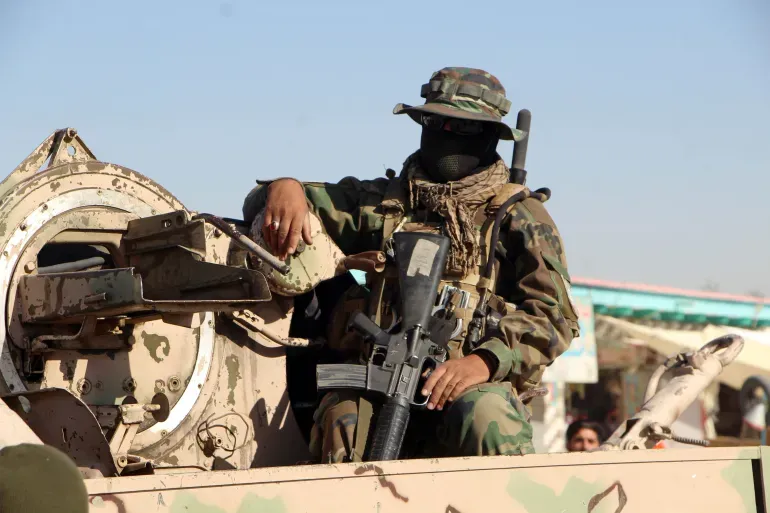
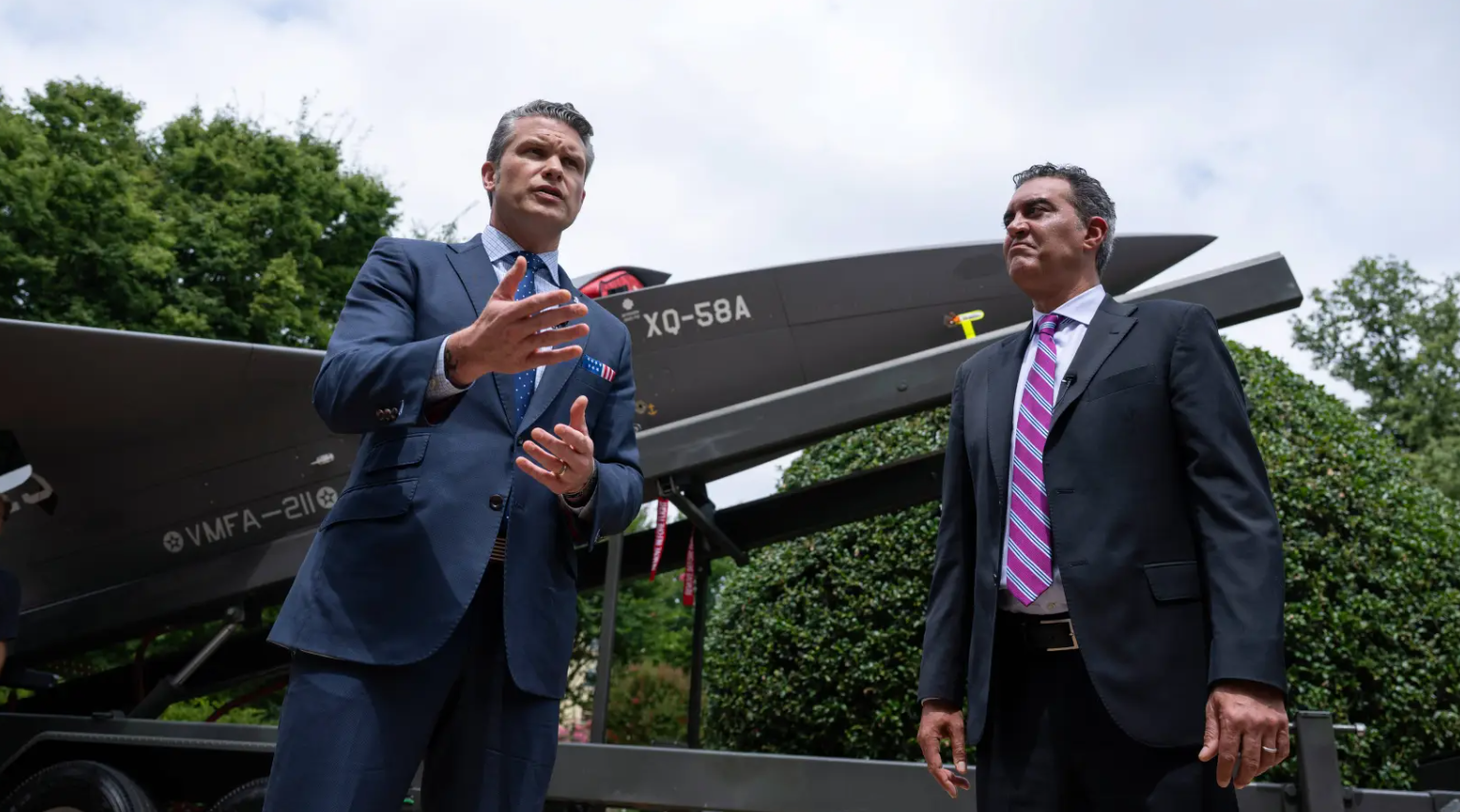


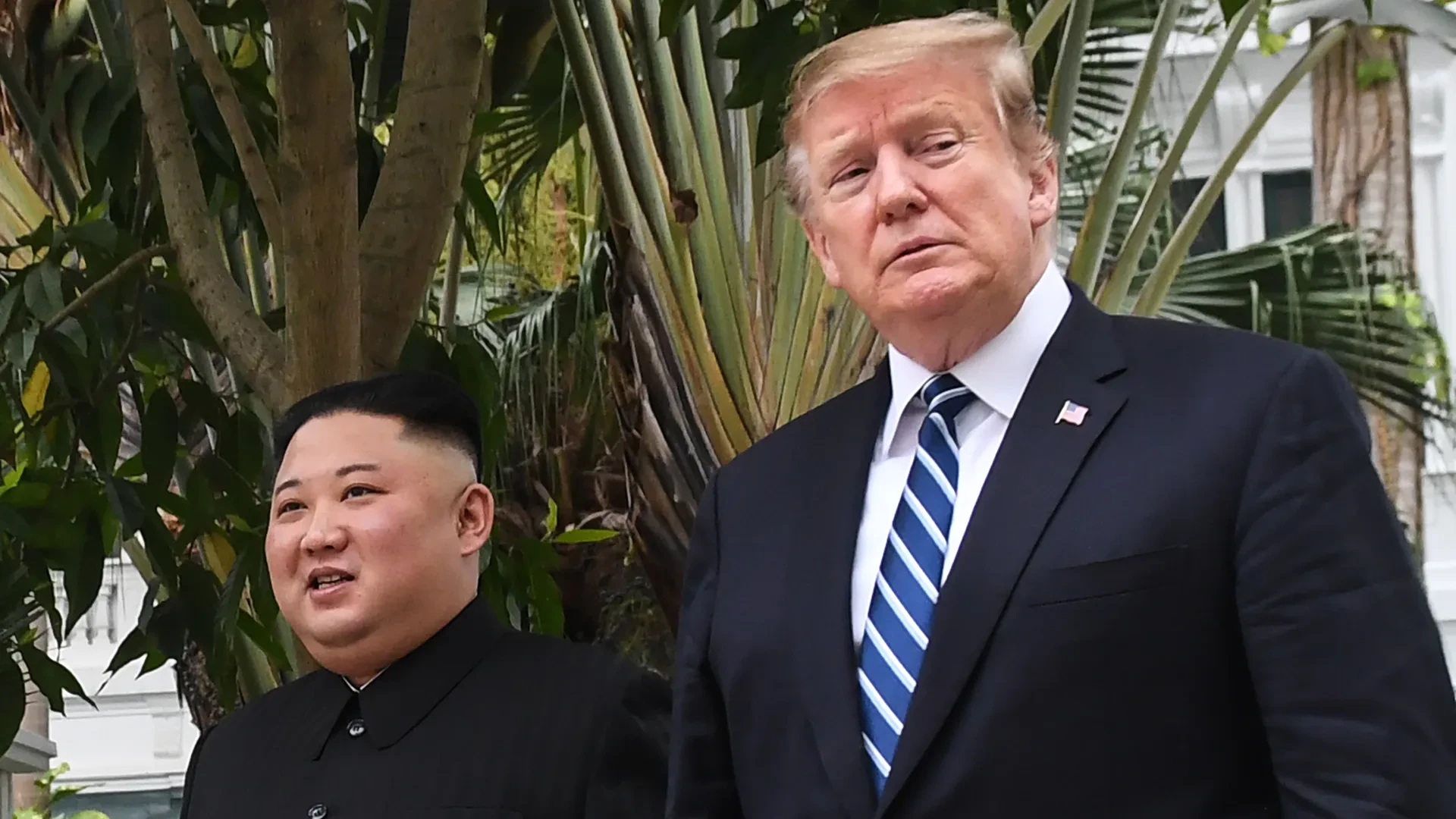
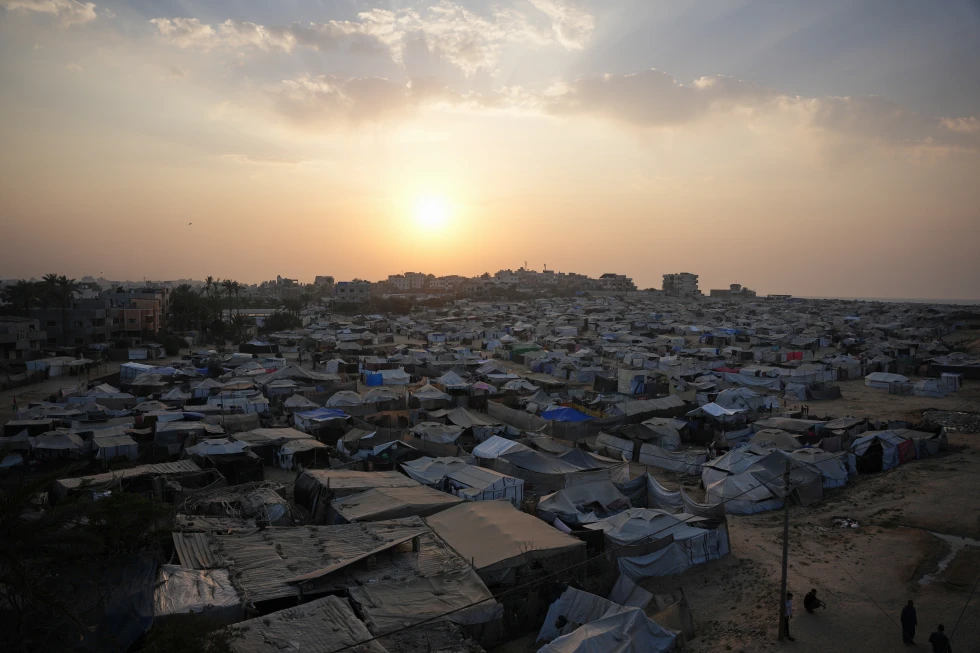
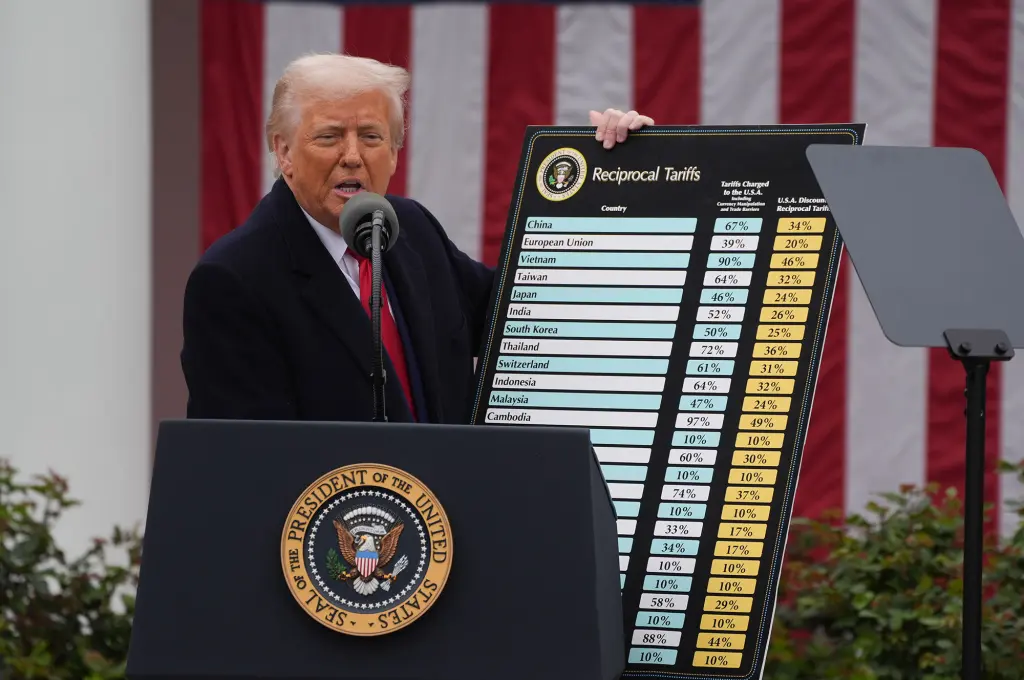

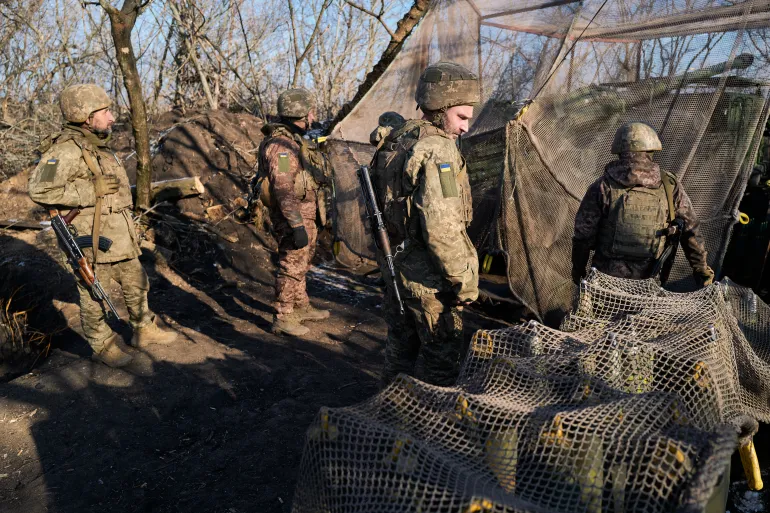

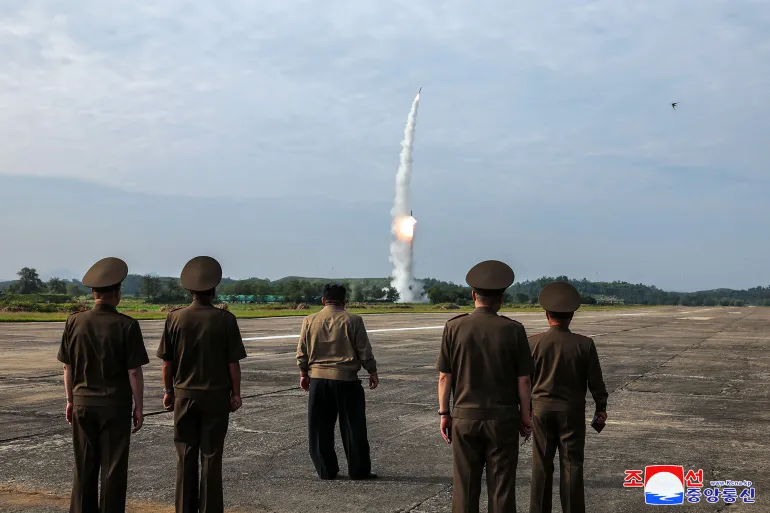

Discussion